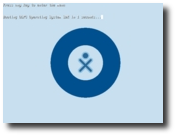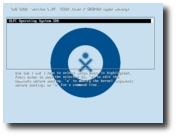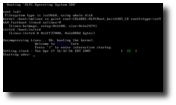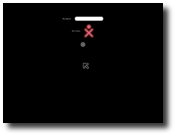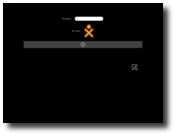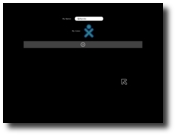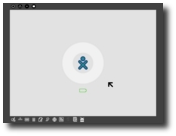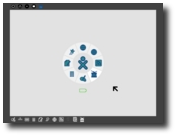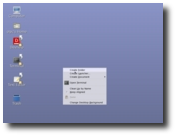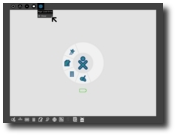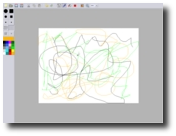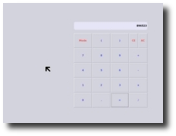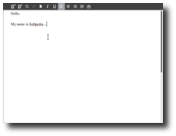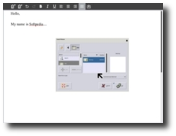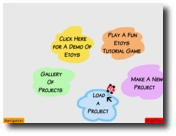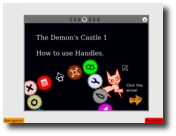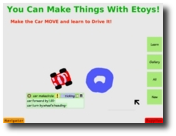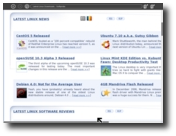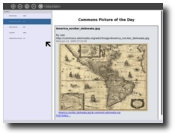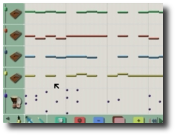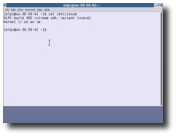The OLPC (One Laptop Per Child) is a unique machine (portable personal computer) created by specialists, specifically for the world's poorest children.
It features a 7.5-inch TFT screen that supports a maximum resolution of 1200x900 pixels and with a self-refreshing display. Also, the OLPC consumes very little power because it was created in such a way as to suspend operation of its CPU.
Specs of OLPC:
- AMD Geode LX-700 processor that runs a 433 Mhz - 256 MiB RAM Dual Channel DDR333@166Mhz - 7.5? Dual-mode TFT LCD display - AC97-compatible sound card - Marvell Libertas 88W8388+88W8015, 802.11b/g compatible wireless card - 640?480 resolution, 30FPS Video camera - 1 GB flash memory to store files - 70+ keys Keyboard (sealed rubber-membrane key-switch assembly) - Small dimensions: 242mm?228mm?32mm - Approximately 1.5 KG in weight
Today, we will take a look over the first Linux Live CD for the OLPC, created by Red Hat. Not only was it presented as a Live CD, but the ISO can also be installed on the OLPC very easily. Enough said, let's have a look inside this Live CD, shall we?
The First boot
Sad to say, but I was surprised when I've found out that OLPC does not have an optical drive (CD/DVD-ROM). Well, you'll have to use an external CD/DVD-ROM drive to use (install) this Live CD provided by Red Hat and based on Fedora Core. When you first boot from the OLPC Live CD it will show a GRUB splash that tells you "Booting OLPC Operating System SDK in 3 seconds..." and before you finish reading that line, the system starts to boot. In about 40 seconds you will be prompted by a login screen that wants you to type your name and to choose a color for your username. That big arrow on your screen is your mouse cursor, move it over the little white circle in the middle and press it to log-in.
The Interface
The interface is called Sugar UI and was created very intuitively (for children), having no icons, windows or menus and no right click, just simple buttons that activate a function/application (one click operation). On the left upper part it features four buttons for easy access and you will also notice a little later (when you start the applications) a fifth button from where you can close the current application. At the bottom of the screen, you have the applications. And in the middle there?s the application switcher (something like alt-tab). It also shows the status of your battery, right under the application switcher.
The Applications
You should know that all the applications run in full-screen mode and in order to return to the main interface (desktop) of the system, so you can switch to another application, you can press F3 key on your keyboard or simply move the mouse to the edge of the screen. The OLPC Live CD features a Paint program, web browser, word editor, calculator, RSS reader and a very cool program to create music. It also features a very instructive software called eToys, a media-rich authoring environment that allows a child to create objects and interact with them (for example, you can create a car and learn to drive it).
In conclusion, the Live CD created by Red Hat for the OLPC is very good, intuitive, and I am pretty sure that kids will love it.
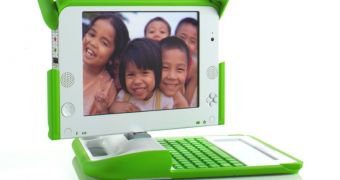
 14 DAY TRIAL //
14 DAY TRIAL // 